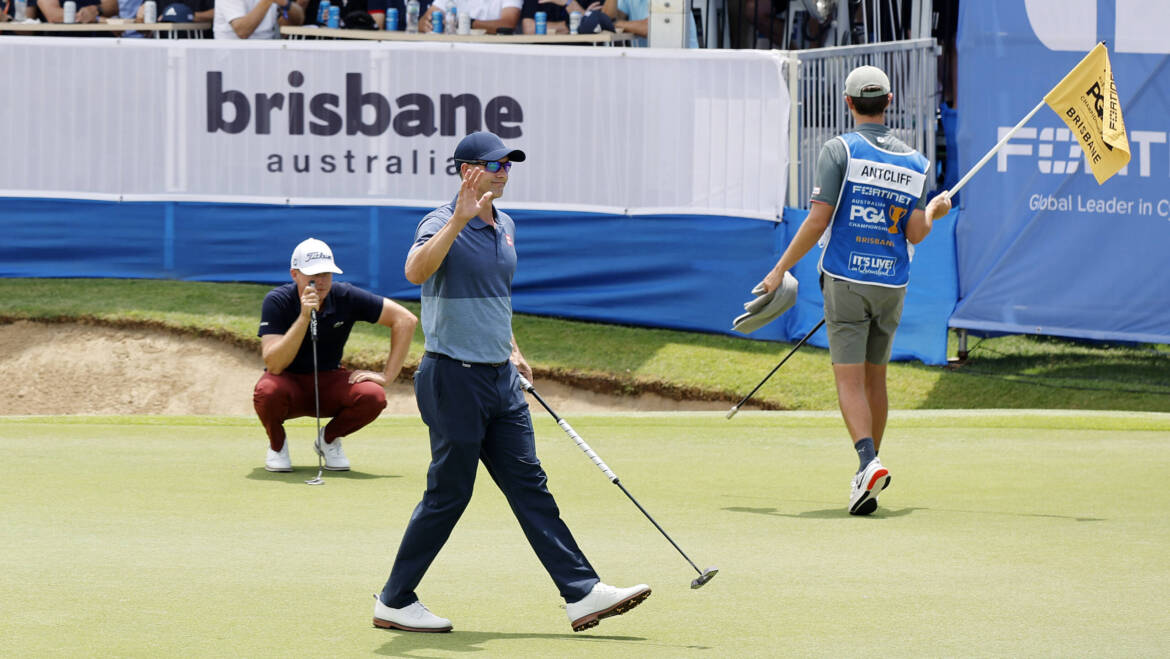The vast majority of golfers view golf lessons as purely a swing lesson. A session designed to improve the function of the swing and subsequent ball striking.
On the golf course in competition play, there are a multitude of errors that occur before the club is even taken away. If you combine these errors with less than ideal technique and low skill level it is no surprise that golfers shoot scores higher than they desire.
Assessing the conditions
The average handicap golfer (16) makes a minimum of 10 decision making errors in a round. Most of the time this involves not gathering enough information such as the type and quality of the lie, slope of the ground, wind direction and strength, distance of the shot and distance to surrounding hazards or undesired areas. Is the temperature a factor in how far the ball is flying? Generally speaking, the better the player the better they are at assessing conditions. The attentiveness required to assess the conditions requires no physical talent from you, only an alert an open mind. Golfers of all abilities can improve in this area.
Find out more about the PGA Train like a Tour Player Program
Assessing yourself
How do you feel when you are about to play a shot? Are you feeling sore, stiff or loose? Are you confident or fearful? What is the status of the game you are playing, are you playing match play against an opponent that will force a particular decision? What is the ball flight today on the practice fairway and in the early part of the round? The answer to these questions should have a significant influence on your decision making.
Understanding statistics and probability
With a well designed practice session and/or hindsight into previous rounds of golf, you will be better equipped to make strong decisions on the golf course when playing.
Practice sessions that include a target, are score based and game-like in intensity will provide you with some handy data. Try some testing in the following areas:
- Driver percentage through a target area (20-30m)
- Fairway metal/hybrid percentage through a target area (15-20m)
- Mid iron (6i) percentage through a target area (10-15m)
- Short iron (9i) or wedge through a target area (5-10m)
- Pitch, lob, bunker and chip and run shots to 2-5m target area.
Find out more about the PGA Train like a Tour Player Program
With this information you will be better equipped to make decisions based on statistical probability and make assertive swings to conservative targets. One of the most beneficial mindsets you can have – to borrow a book title from Bob Rotella is that “Golf is not a game of perfect.” Understand that if your driving accuracy is 50% then you will miss the target 50% of the time. The cost of a missed target needs to be managed to have a fair statistical probability on the next shot.
A good understanding of your probability of success will mean more appropriate levels of expectation. This will help reduce frustration and facilitate a better attitude during a round of golf.
A good decision in a round of golf is based on a combination of all three factors. Are you making these types of errors in your pre shot routine?
The PGA Academy runs a comprehensive Train like a Tour Player Program in Melbourne, Australia. Click here to visit the page.

